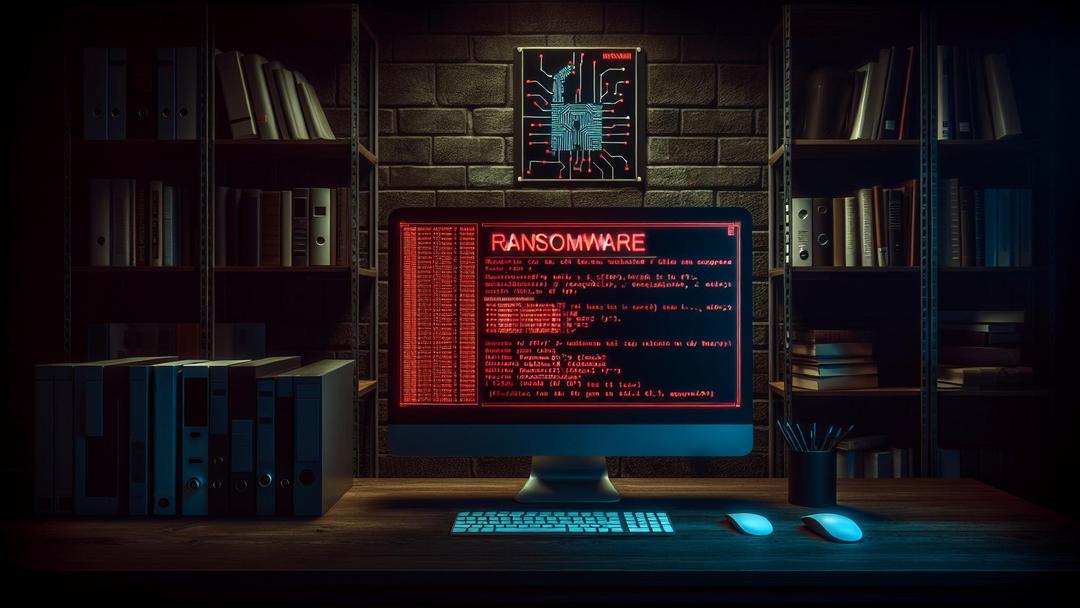Table of Contents
In a reported significant cybersecurity incident, there has been a Volvo ransomware attack, leading to the theft of sensitive employee data. This breach highlights the growing sophistication of cybercriminals and the escalating threat to global corporations.
The attackers compromised Volvo’s networks and managed to exfiltrate personal information belonging to its employees.
This event reinforces the dire need for enhanced cybersecurity measures and preemptive threat detection systems across industries.
Volvo Ransomware Attack: Key Takeaway
- Ensuring robust cybersecurity frameworks is essential as ransomware attacks continue to escalate in frequency and severity.
The Attack Explained
The Volvo ransomware attack was not just a random attempt but a well-orchestrated move by cyber threat actors.
The perpetrators managed to breach the security defenses of the Volvo Group, gaining unauthorized access to the company’s internal databases. Following the initial compromise, the data pertaining to Volvo employees was exfiltrated, potentially exposing them to identity theft and financial fraud.
This incident is a part of a rising trend in ransomware attacks where large corporations are targeted due to their vast resources and potentially larger ransom payoffs.
Companies such as Volvo are investing heavily in cybersecurity solutions like those offered by Auvik, which provide specialized network management tools to prevent such breaches.
Immediate Response and Mitigation
Following the discovery of the Volvo ransomware attack, Volvo Group took immediate steps to mitigate the situation. This included isolating the infected systems, conducting a comprehensive security audit, and notifying affected individuals.
The company also collaborated with law enforcement to trace the source of the attack and to strategize on preventing future incidents.
Businesses looking to bolster their data protection capabilities might consider services like IDrive, which offers cloud backup solutions that can be crucial in data recovery post-ransomware attack.
Moreover, educating employees about cybersecurity practices is another crucial step in safeguarding an organization’s digital assets.
The Role of Cybersecurity Training
Human error remains one of the significant vulnerabilities leading to ransomware attacks. Training employees on recognizing phishing attempts and managing credentials can dramatically reduce the risk.
Utilizing tools like 1Password helps in managing passwords securely, thus fortifying the first line of defense against cyber threats.
Implications of the Volvo Ransomware Attack
The Volvo ransomware attack not only disrupted the company’s operations but also put its employees at risk, creating a cascade of potential challenges in cybersecurity management for global corporations.
On the positive side, this incident serves as a valuable lesson for other corporations to reassess their cybersecurity posture and implement stronger security protocols. On the downside, it reveals the persistent vulnerabilities in even the most technologically advanced companies.
Preventive Measures and Recommendations
To protect against ransomware attacks, corporations must adopt a multi-layered security approach. This includes regular software updates, backup solutions, employee training, and deploying advanced threat detection systems.
For companies seeking to improve their cybersecurity, tools provided by platforms like CyberUpgrade can offer significant assistance in threat detection and response.
Conclusion
The Volvo ransomware attack serves as a stark reminder of the pervasive nature of cyber threats. As cybercriminals continue to evolve their tactics, so too must companies in safeguarding their digital landscapes.
Organizations must view cybersecurity as a fundamental component of their business strategy, investing in robust cybersecurity frameworks and continuous education of their workforce. The road to digital security is ongoing, and being prepared is the best defense against potential cyber threats.
FAQs
What is a ransomware attack?
- A ransomware attack involves malicious software that encrypts a victim’s files, with the attacker demanding a ransom to restore access.
How can businesses protect themselves from ransomware?
- Implementing strong security measures, regular backups, and employee training are key strategies.
What are the consequences of a ransomware attack?
- Lost data, financial costs, operational disruption, and reputational damage are common consequences.
Can ransomware attacks be prevented?
- While not completely preventable, the risk can be greatly minimized through proactive security practices.
Should companies pay the ransom in a ransomware attack?
- Paying the ransom does not guarantee data recovery and might encourage further attacks; seeking professional advice is recommended.
About Volvo Group
The Volvo Group is a prestigious multinational corporation headquartered in Gothenburg, Sweden. Known for its high-quality vehicles, including trucks, buses, and construction equipment, Volvo plays a critical role in global transportation and infrastructure projects.
With a commitment to innovative technology and sustainable solutions, Volvo continues to lead advancements in automotive industry.
Biography Section
At the helm during the Volvo ransomware attack was the company’s CEO, Martin Lundstedt.
With a solid background in mechanical engineering and over two decades of experience in the vehicle manufacturing industry, Lundstedt has been pivotal in steering Volvo through various technological upgrades and now, cybersecurity enhancements.
His leadership is crucial as Volvo navigates this challenging cyber landscape.
“`





